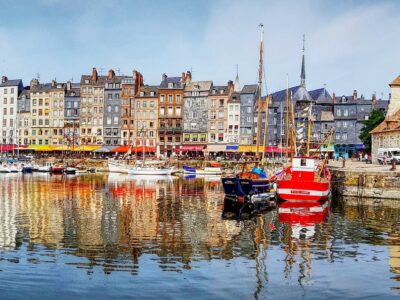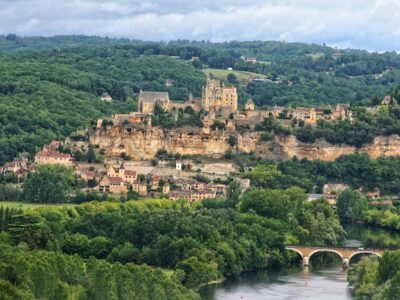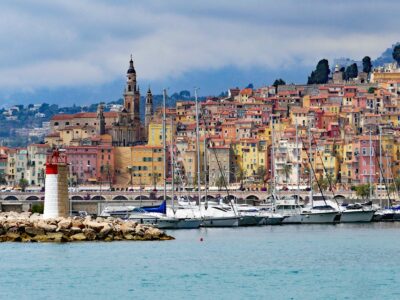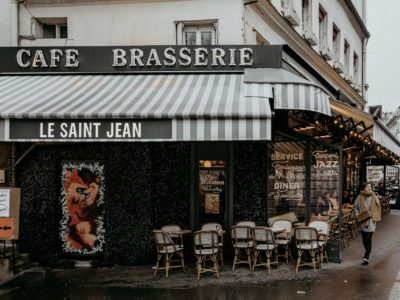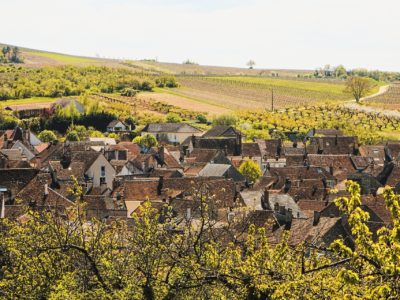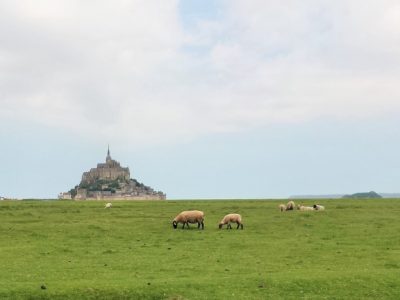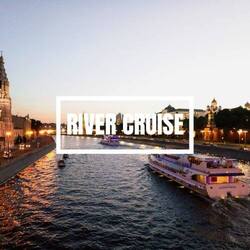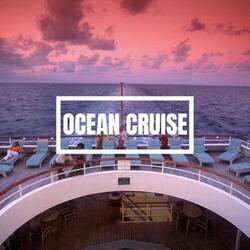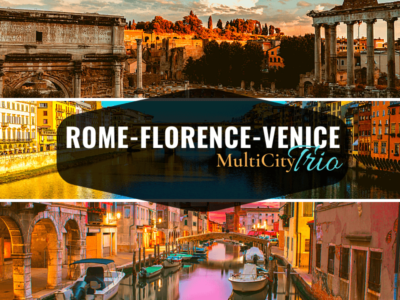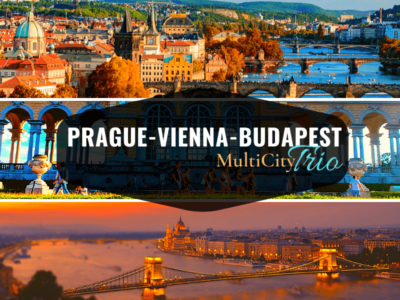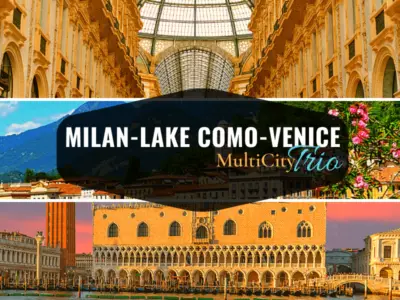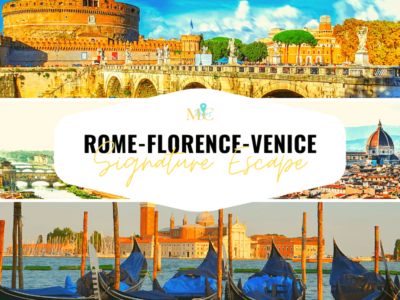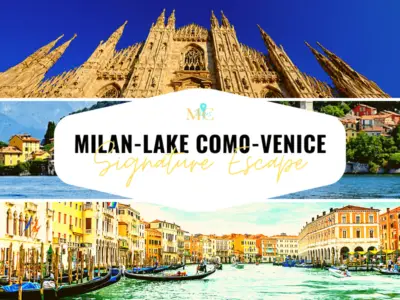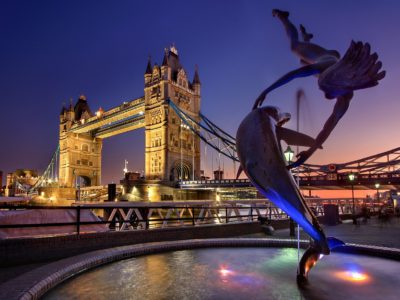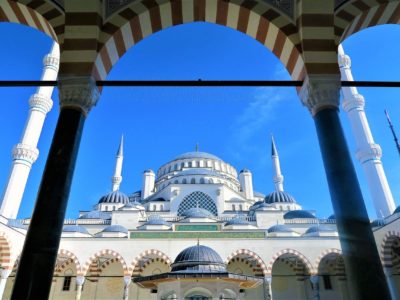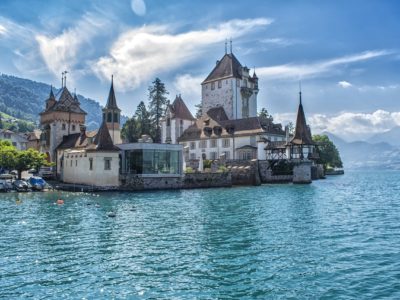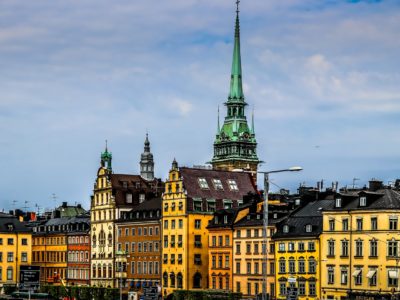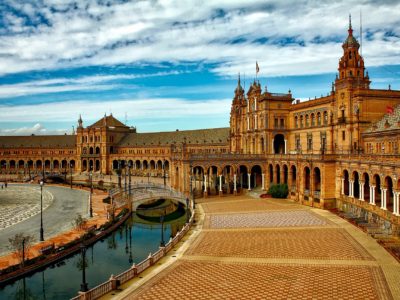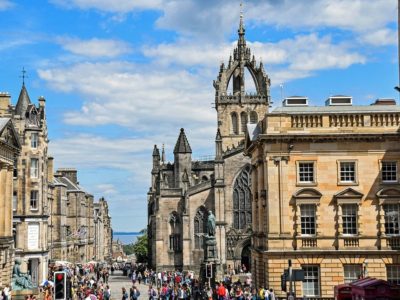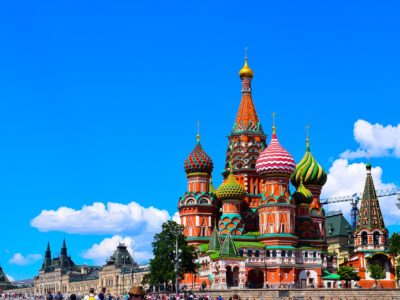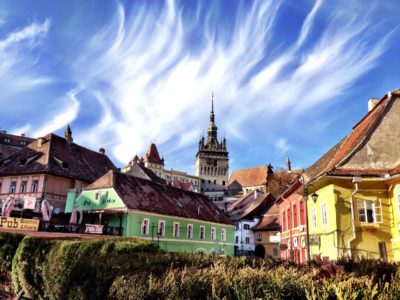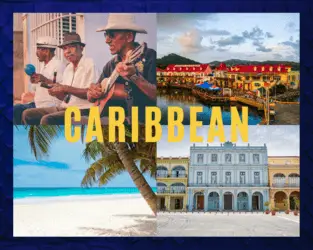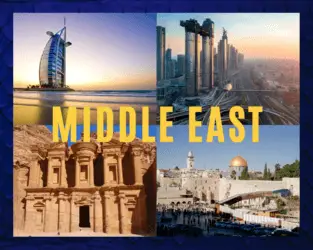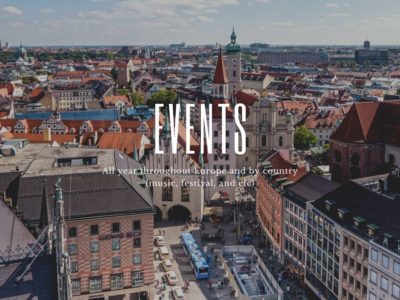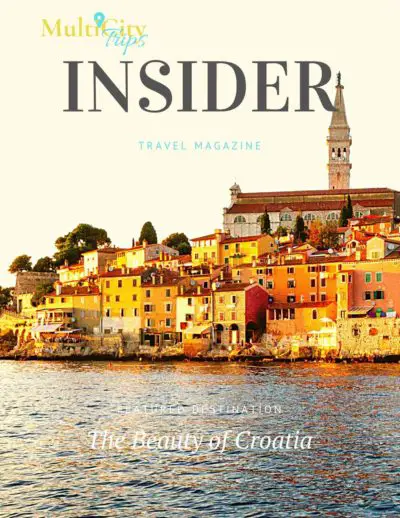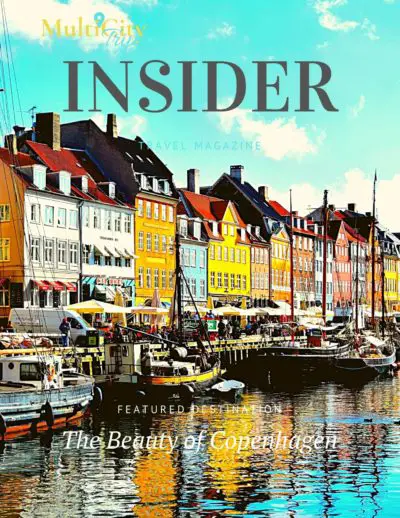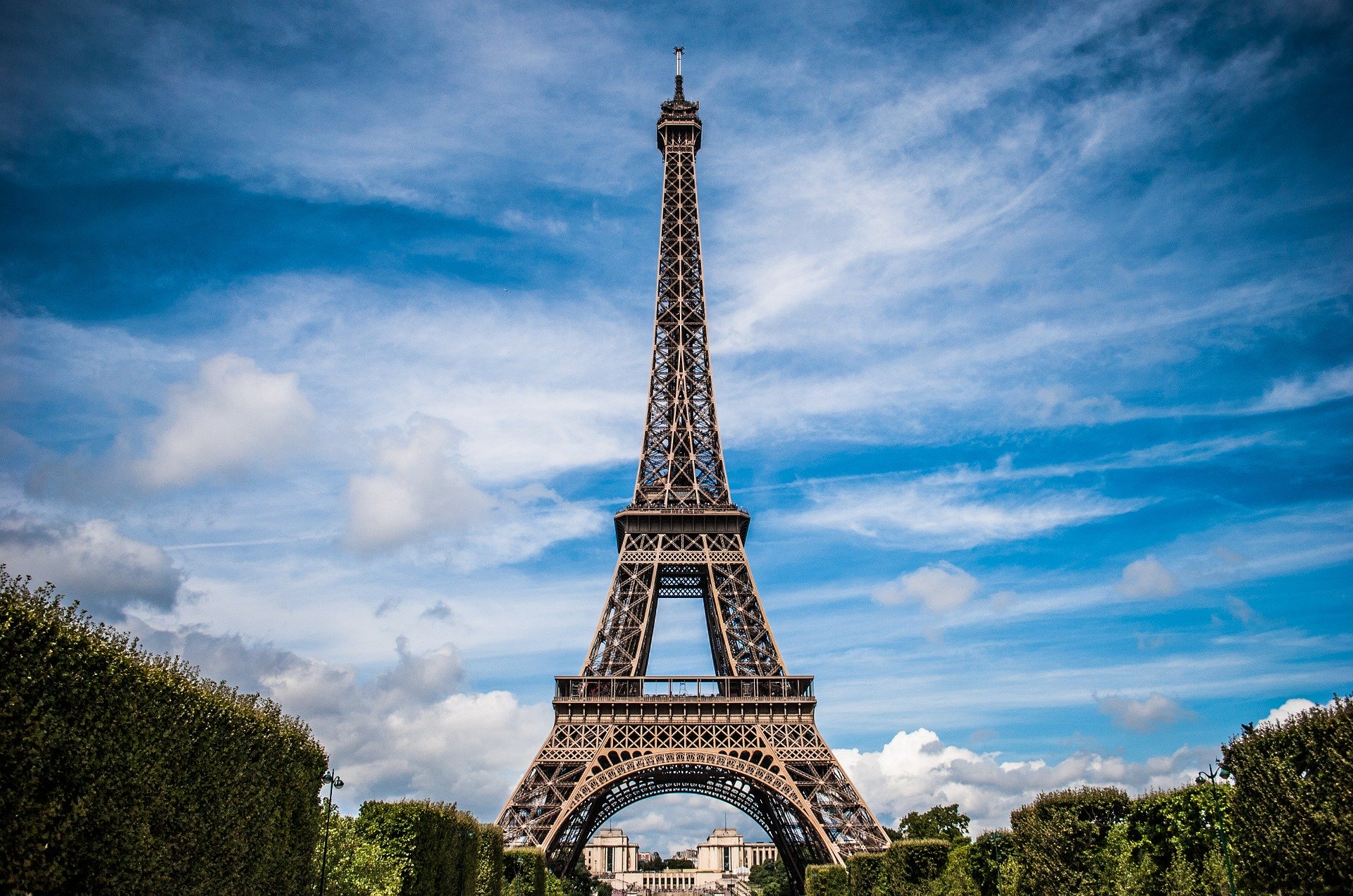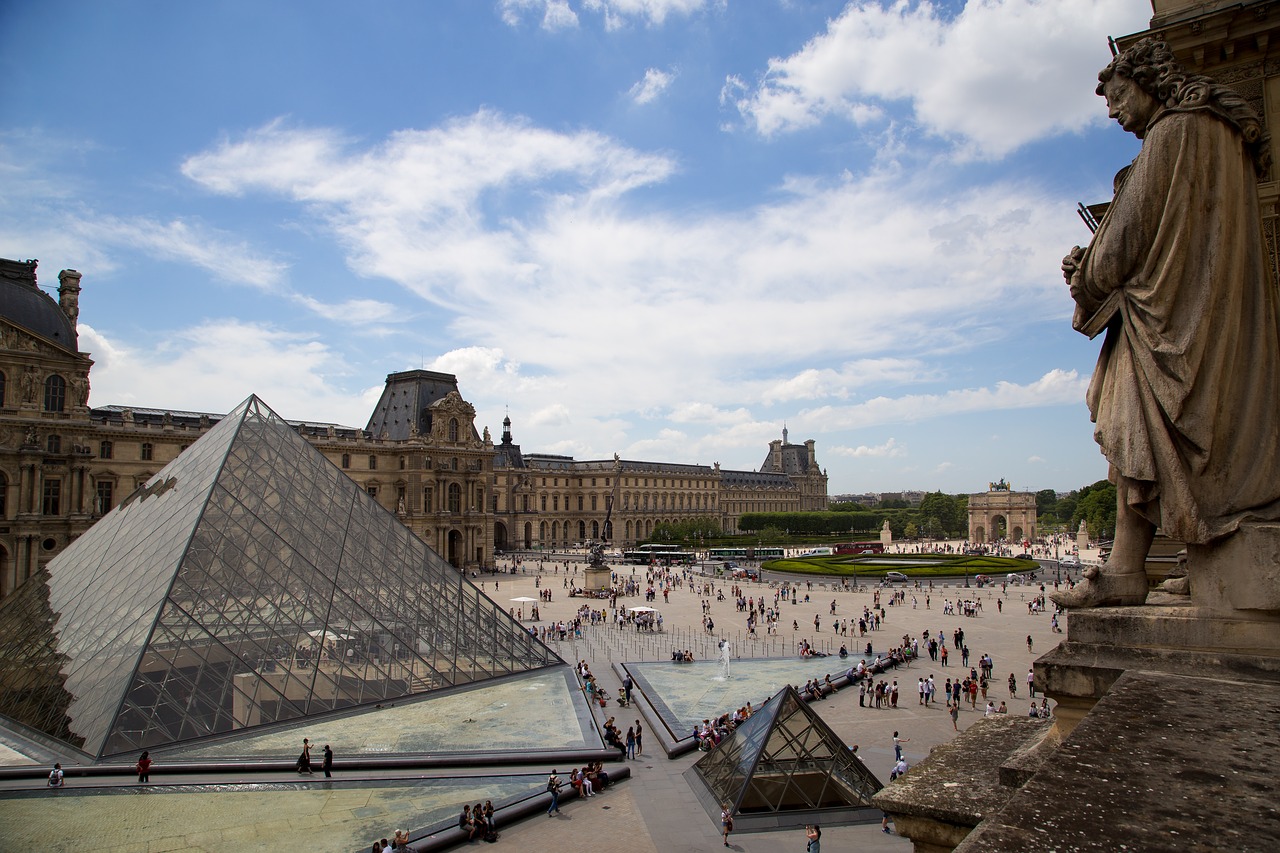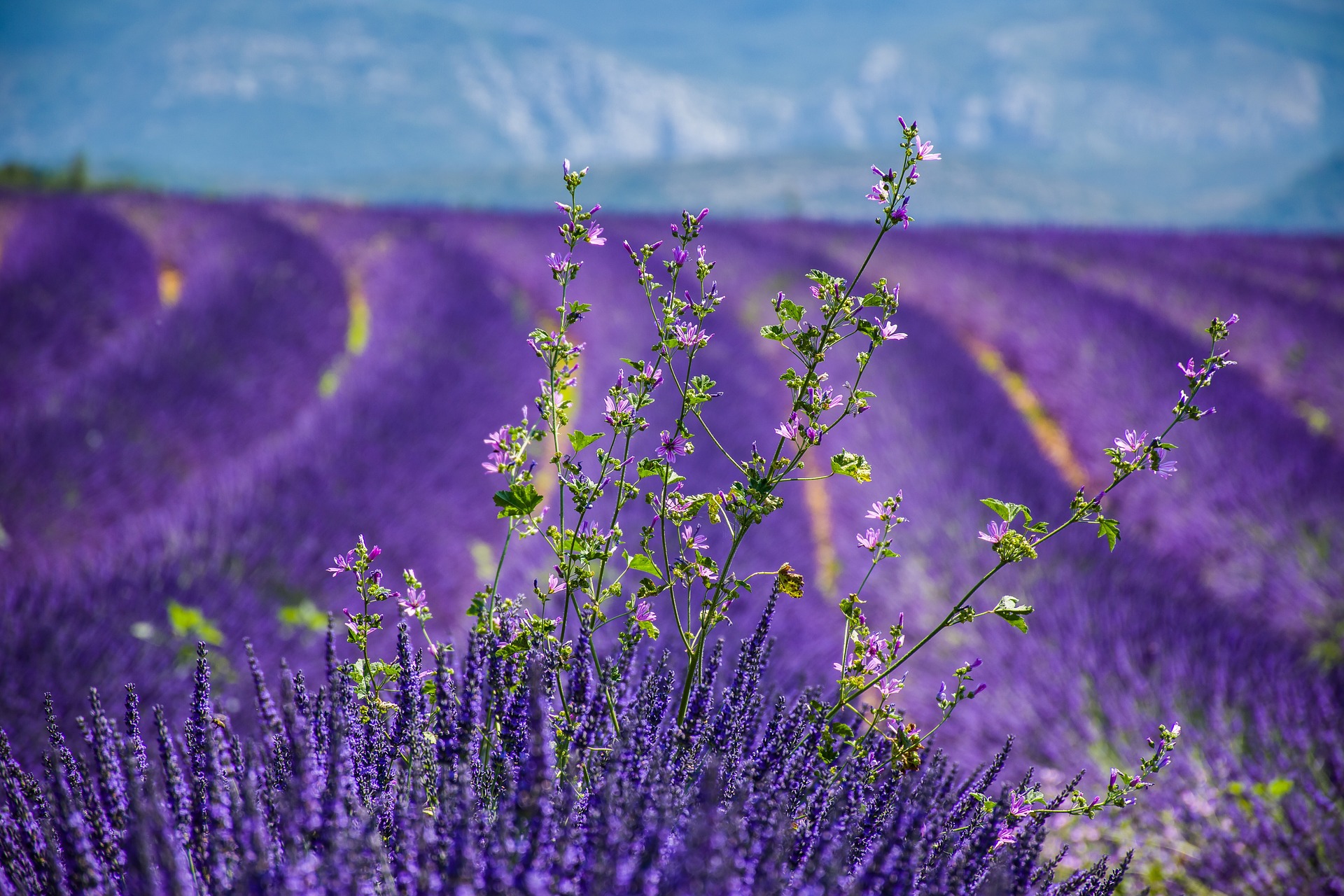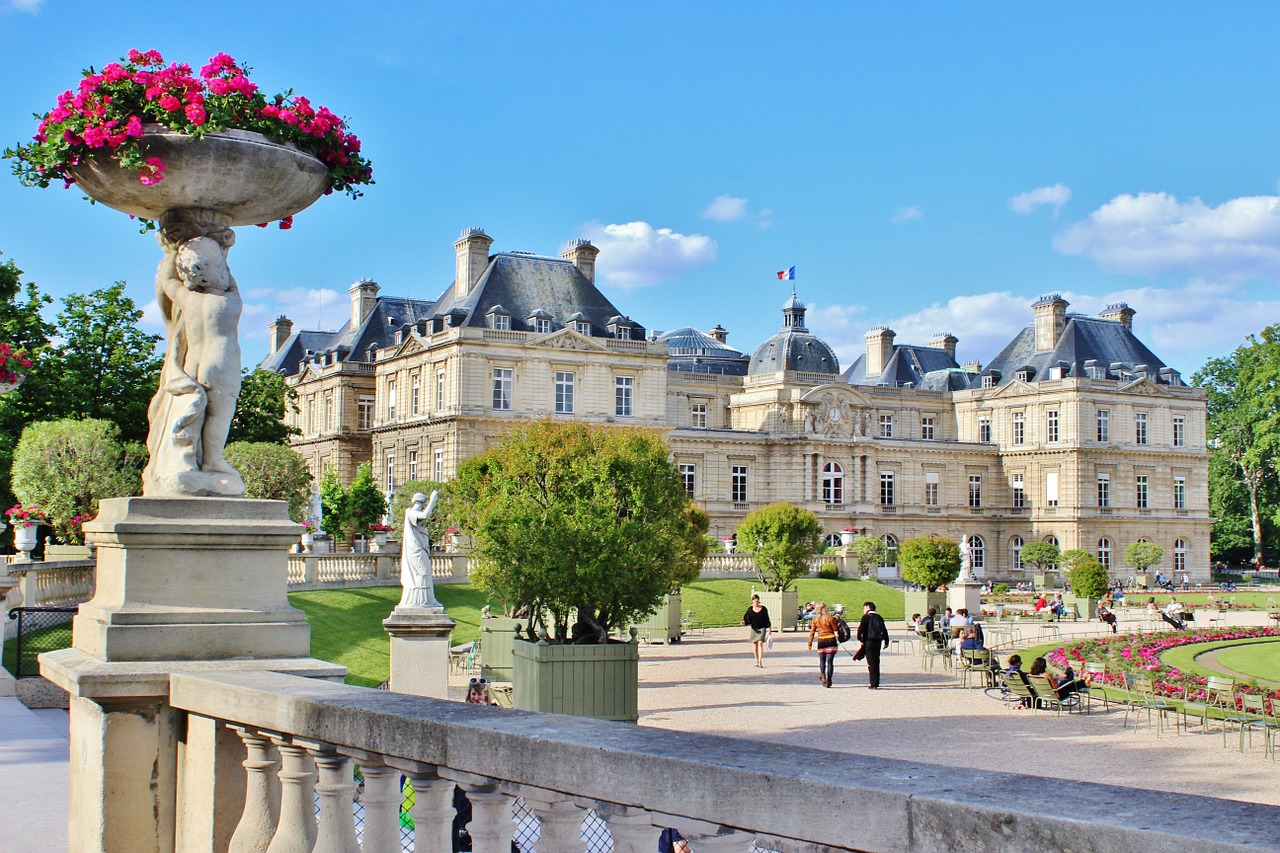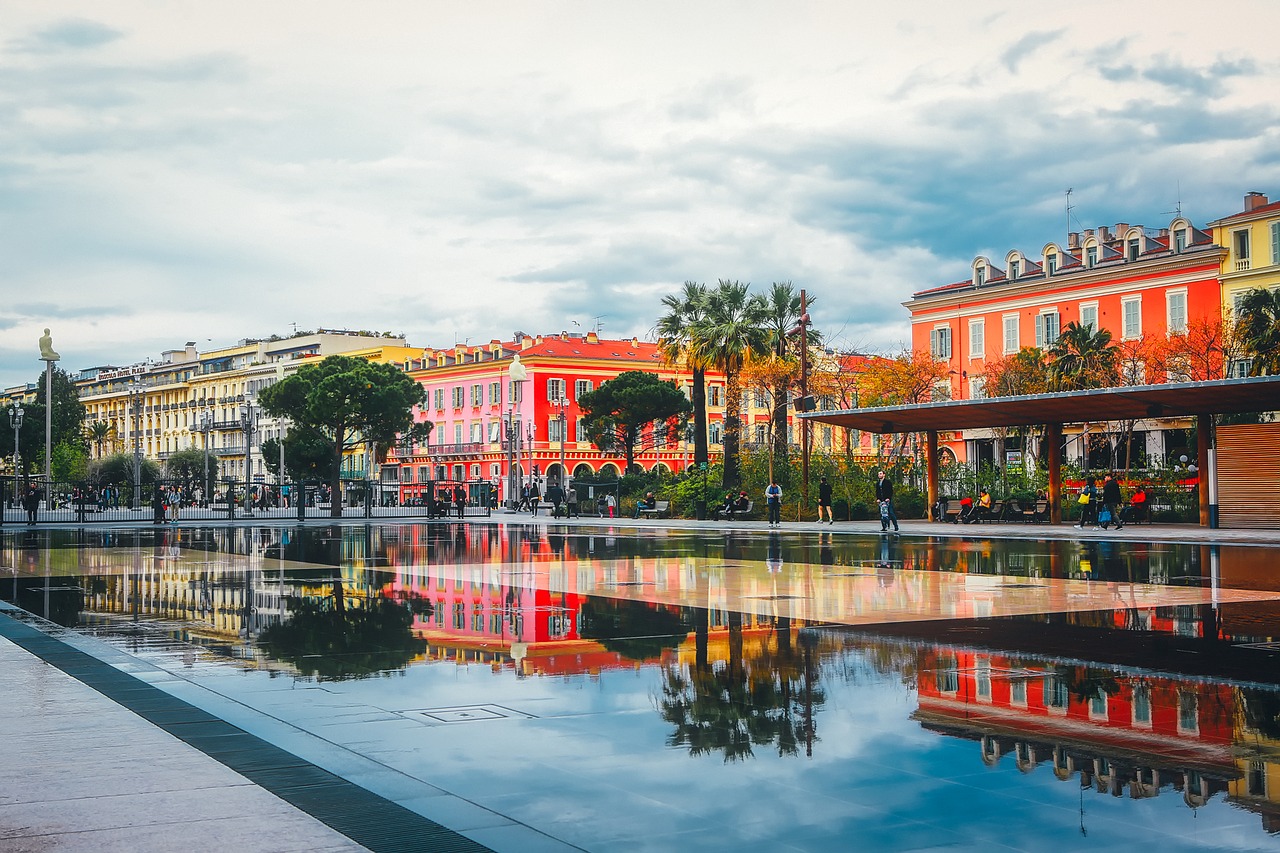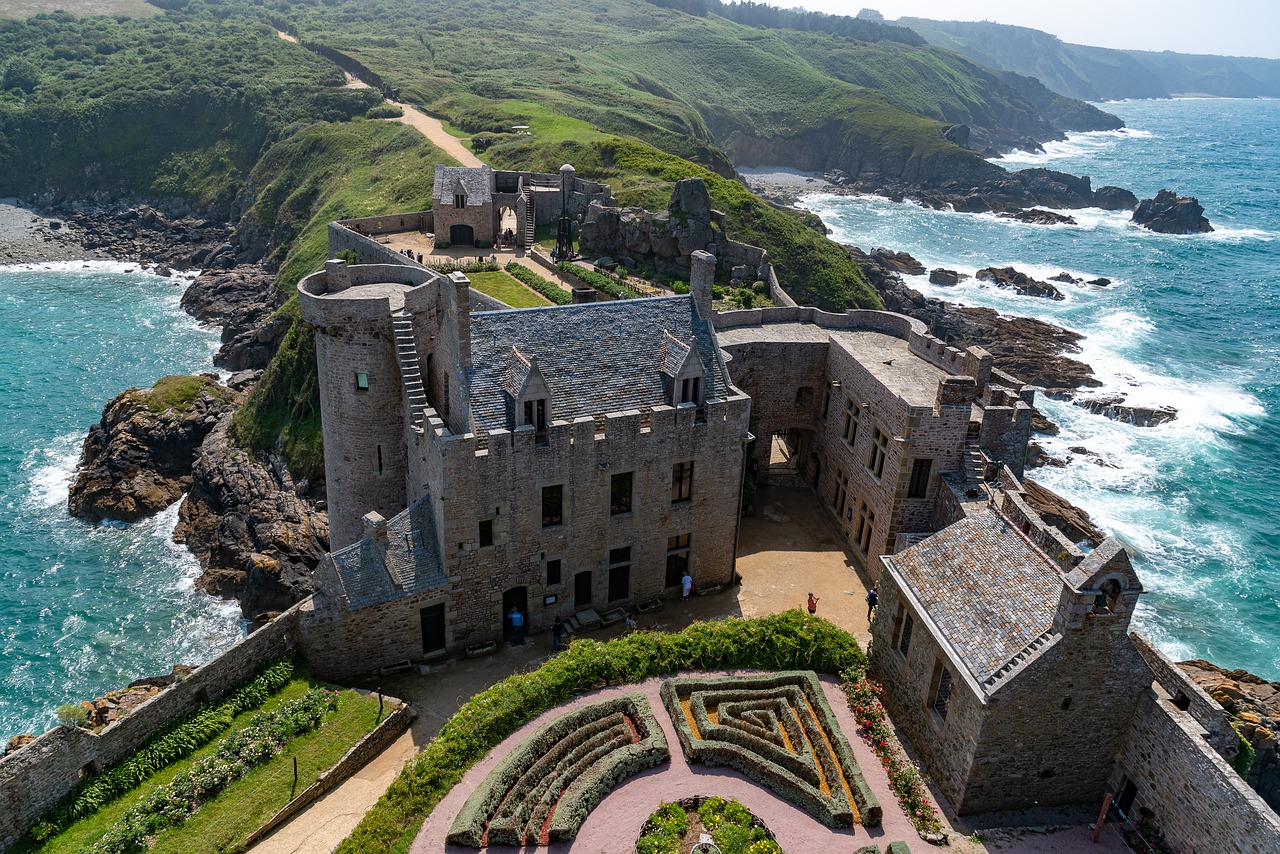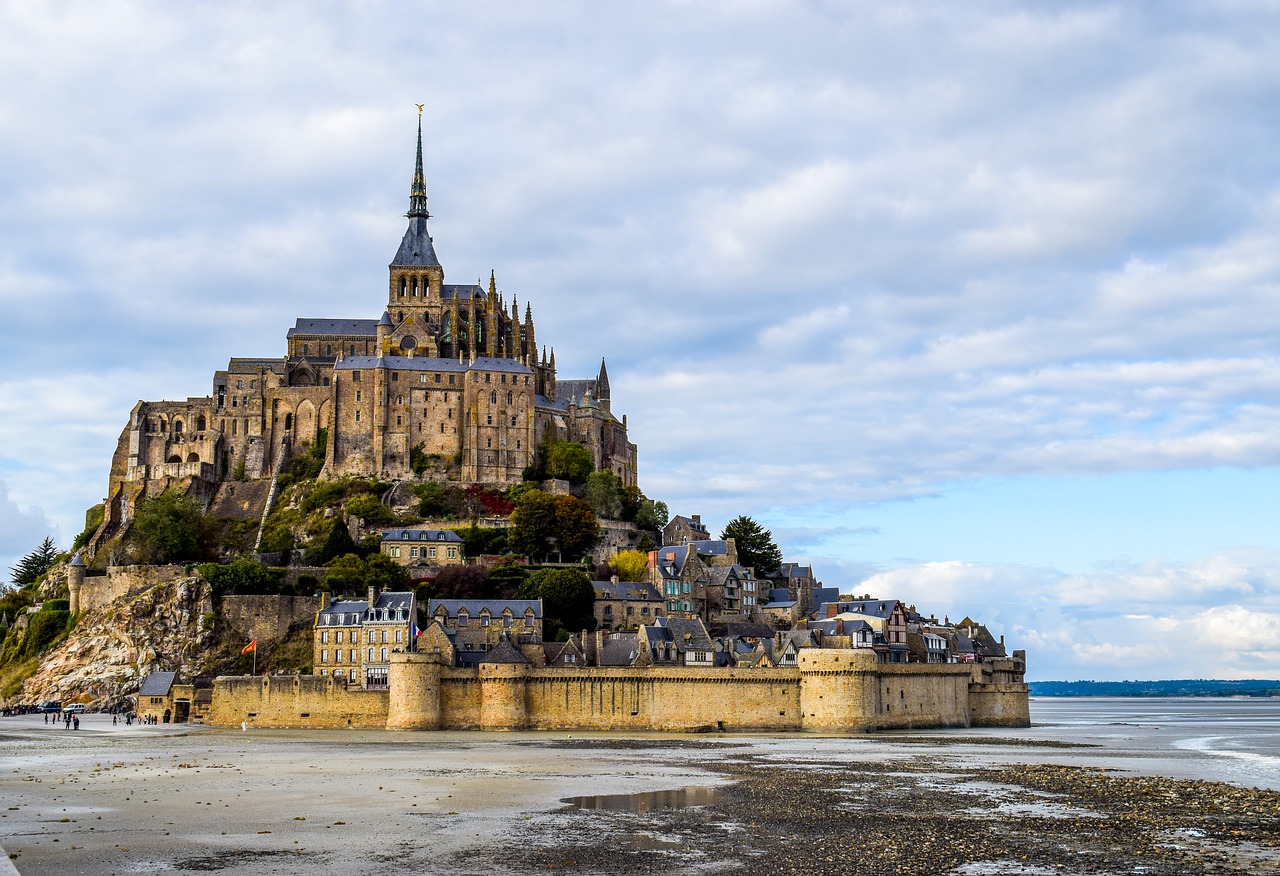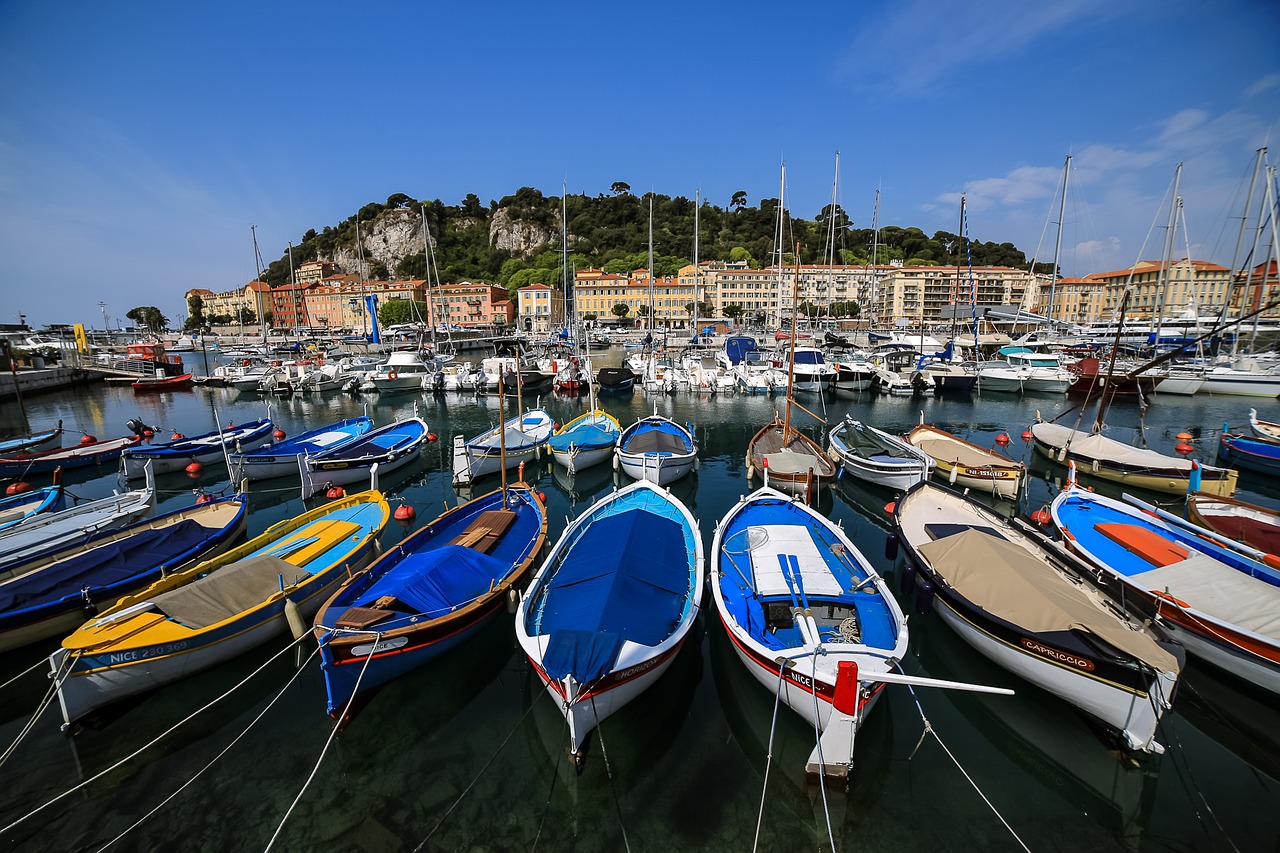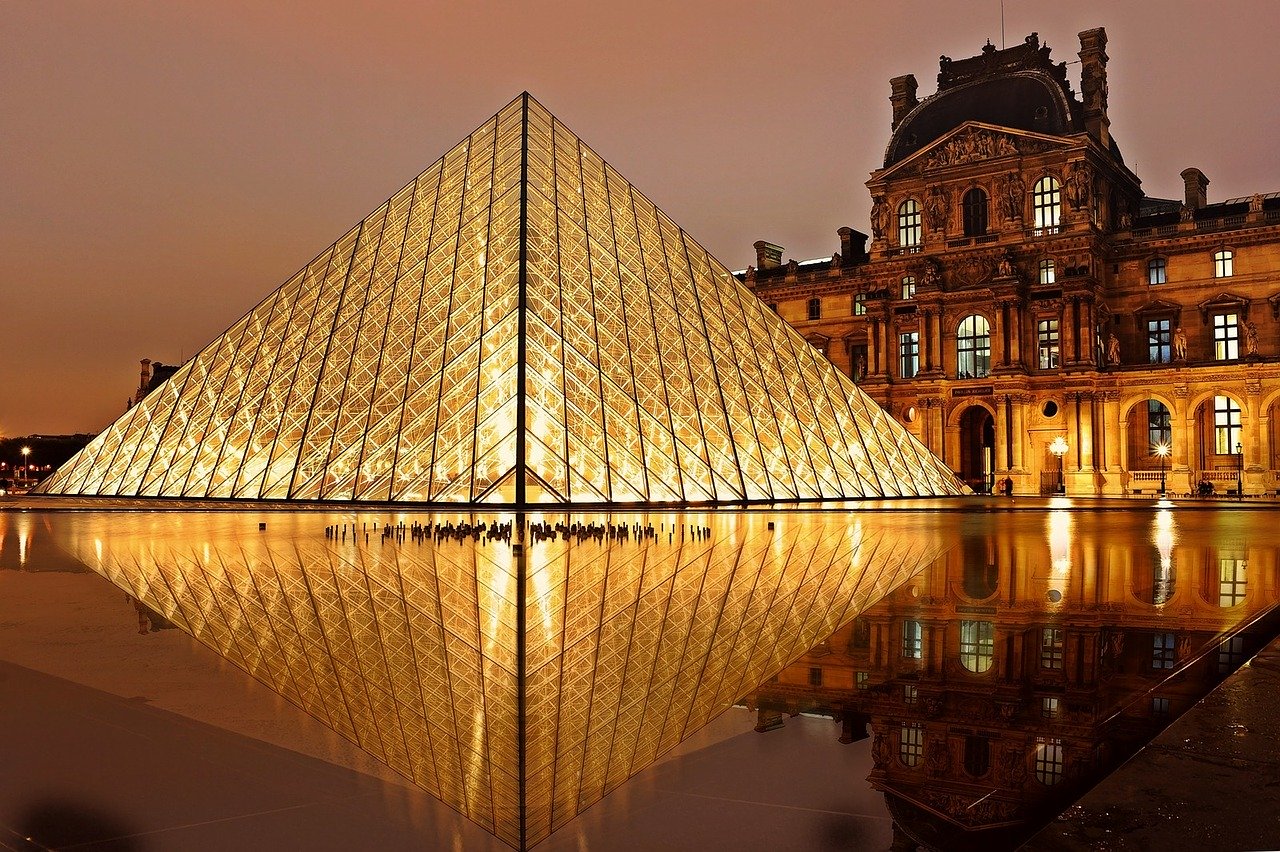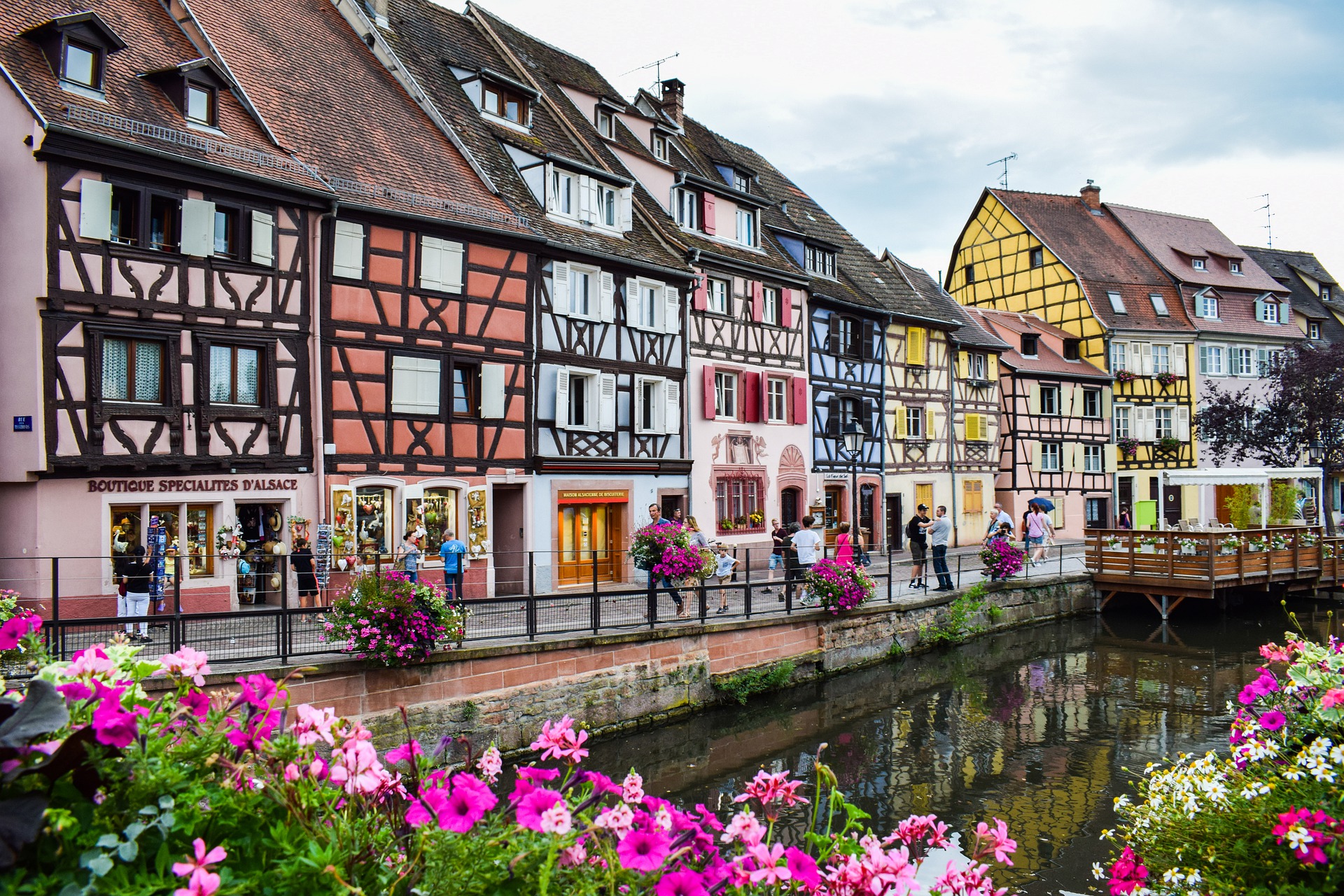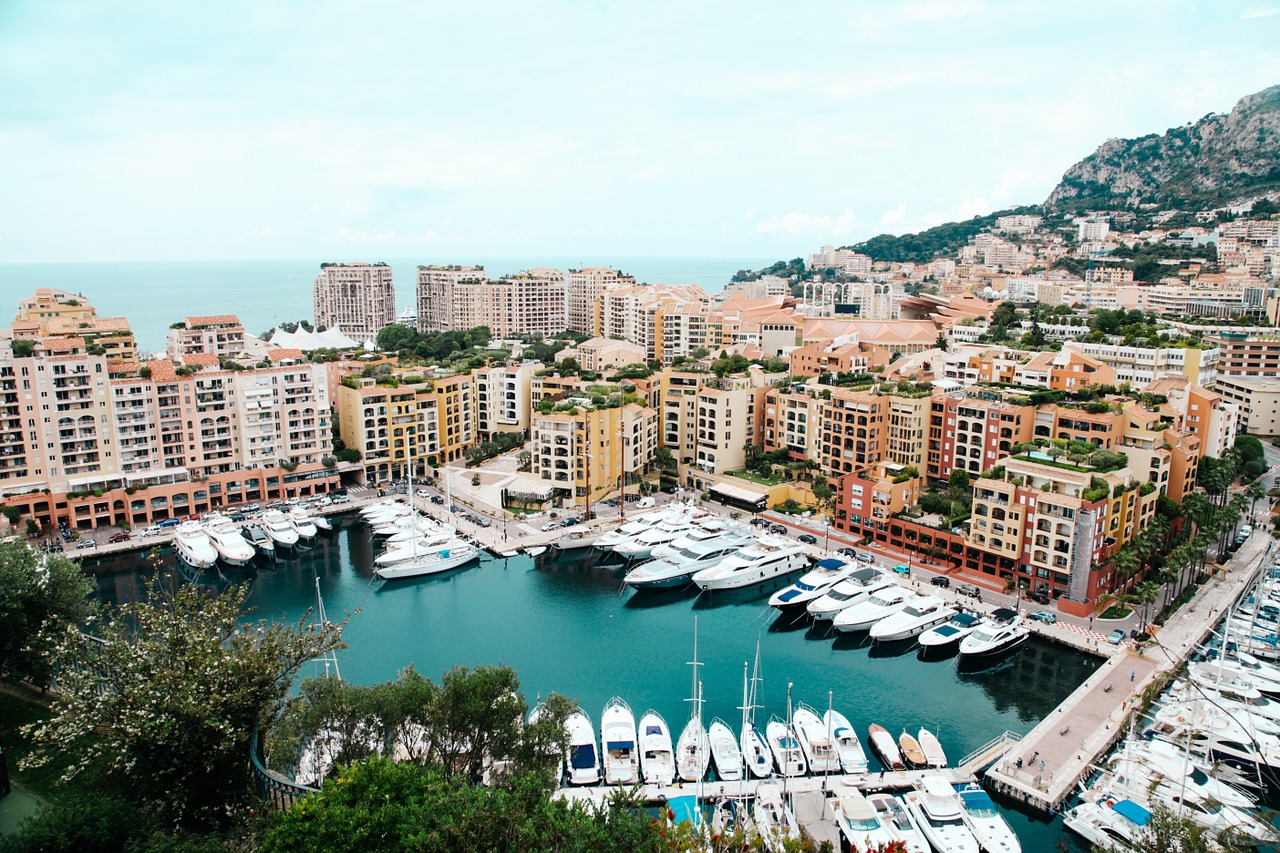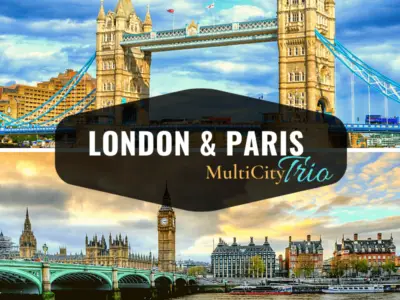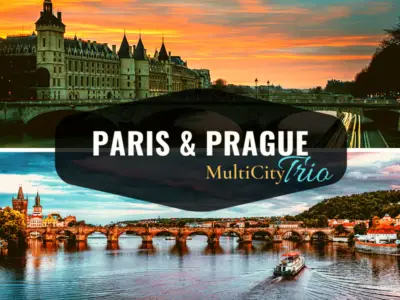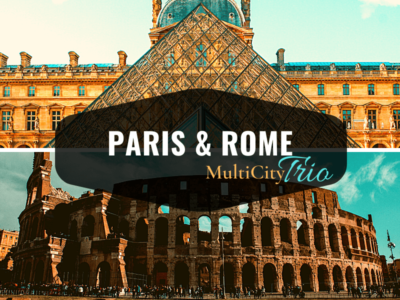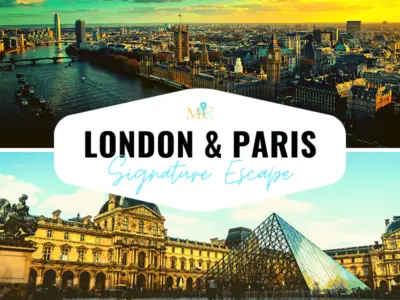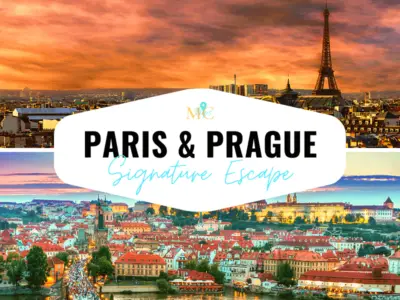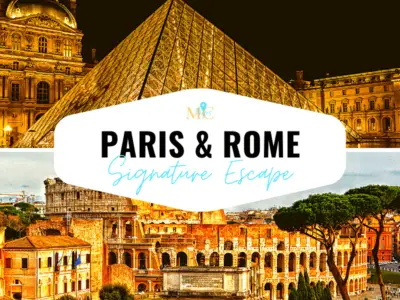Top 5 Places to Visit
The Eiffel Tower is a wrought iron lattice tower on the Champ de Mars in Paris, France. It is named after the engineer Gustave Eiffel, whose company designed and built the tower. Constructed from 1887 to 1889 as the entrance to the 1889 World's Fair, it was initially criticized by some of France's leading artists and intellectuals for its design, but it has become a global cultural icon of France and one of the most recognizable structures in the world. The Eiffel Tower is the most-visited paid monument in the world; 6.91 million people ascended it in 2015. The tower is 324 meters tall, about the same height as an 81-story building, and the tallest structure in Paris. Its base is square, measuring 125 meters on each side. During its construction, the Eiffel Tower surpassed the Washington Monument to become the tallest man-made structure in the world, a title it held for 41 years until the Chrysler Building in New York City was finished in 1930. It was the first structure to reach a height of 300 meters. Due to the addition of a broadcasting aerial at the top of the tower in 1957, it is now taller than the Chrysler Building by 5.2 meters.
The Louvre, or the Louvre Museum, is the world's largest art museum and a historic monument in Paris, France. A central landmark of the city, it is located on the Right Bank of the Seine in the city's 1st arrondissement. Approximately 38,000 objects from prehistory to the 21st century are exhibited over an area of 72,735 square meters. In 2019, the Louvre received 9.6 million visitors, making it the most visited museum in the world. The museum is housed in the Louvre Palace, originally built as the Louvre castle in the late 12th to 13th century under Philip II. Remnants of the fortress are visible in the basement of the museum. Due to urban expansion, the fortress eventually lost its defensive function, and in 1546 Francis I converted it into the primary residence of the French Kings. The building was extended many times to form the present Louvre Palace. In 1682, Louis XIV chose the Palace of Versailles for his household, leaving the Louvre primarily as a place to display the royal collection, including, from 1692, a collection of ancient Greek and Roman sculpture.
The Palace of Versailles was the principal royal residence of France from 1682, under Louis XIV, until the start of the French Revolution in 1789, under Louis XVI. It is located in the department of Yvelines, in the region of Île-de-France, about 20 kilometers southwest of the center of Paris. A simple hunting lodging and later a small château with a moat occupied the site until 1661, when the first work expanding the château into a palace was carried out for Louis XIV. In 1682, when the palace had become large enough, the king moved the entire royal court and the French government to Versailles. Some of the palace furniture at this time was constructed of solid silver, but in 1689 much of it was melted down to pay for the cost of war. Subsequent rulers mostly carried out interior remodeling, to meet the demands of changing taste, although Louis XV did install an opera house at the north end of the north wing for the wedding of the Dauphin and Marie Antoinette in 1770. The palace has also been a site of historical importance.
The French Riviera is the Mediterranean coastline of the southeast corner of France. There is no official boundary, but it is usually considered to extend from Cassis, Toulon, or Saint-Tropez on the west to Menton at France–Italy border in the east, where the Italian Riviera joins. The coast is entirely within the Provence-Alpes-Côte d'Azur region of France. The Principality of Monaco is a semi-enclave within the region, surrounded on three sides by France and fronting the Mediterranean. The Riviera is an Italian word that corresponds to the ancient Ligurian territory, wedged between the Var and Magra rivers. The Côte d'Azur or French Riviera is a nickname given by France to the county of Nice after its annexation in 1860 because the rain and the Mistral were stopped by the Alps and the climate was similar to that of the north of Italy, even in winter, with a sky as blue as its sea, the French Riviera. After the 2000s it was extended to the rest of southern France, although the geography, culture, or climate is different. The county of Nice is a mountainous area like Italy which stands out from the south of France.
Le Mont-Saint-Michel is an island and mainland commune in Normandy, France. The island is located about one kilometer off the country's northwestern coast, at the mouth of the Couesnon River near Avranches, and is 7 hectares in area. The mainland part of the commune is 393 hectares in the area so that the total surface of the commune is 400 hectares. As of 2015, the island has a population of 50. The island has held strategic fortifications since ancient times and since the 8th century AD has been the seat of the monastery from which it draws its name. The structural composition of the town exemplifies the feudal society that constructed it: on top, God, the abbey and monastery; below, the great halls; then stores and housing; and at the bottom, outside the walls, houses for fishermen and farmers. The commune's position — on an island just a few hundred meters from land — made it accessible at low tide to the many pilgrims to its abbey, but defensible as an incoming tide stranded, drove off, or drowned would-be assailants. Mont remained unconquered during the Hundred Years' War; a small garrison fended off a full attack by the English in 1433.
Source: https://www.google.com/travel/guide
